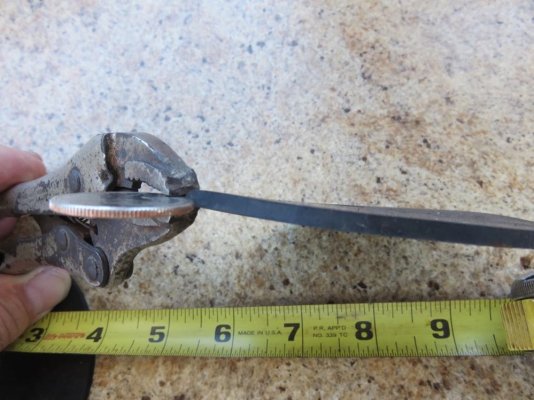petdoc4u
Senior Member
- Joined
- Jan 14, 2016
- Messages
- 134
- Location
- United States
- Vessel Name
- EXILE
- Vessel Make
- HANS CHRISTIAN TRAWLER
I have a Ford Lehman SP135 engine. Each end of the exchanger has a gasket, a cap and a bolt which holds to cap in place. Recently I have noted an accumulation of crusty blue/greenish material ringing the cap/gasket/exchanger. The zinc which bolts into the exchanger is healthy.
What does it mean and how can I fix it. Wish I could send a pic but the boat is far away.
Thanks in advance.
What does it mean and how can I fix it. Wish I could send a pic but the boat is far away.
Thanks in advance.



 What he said.
What he said.